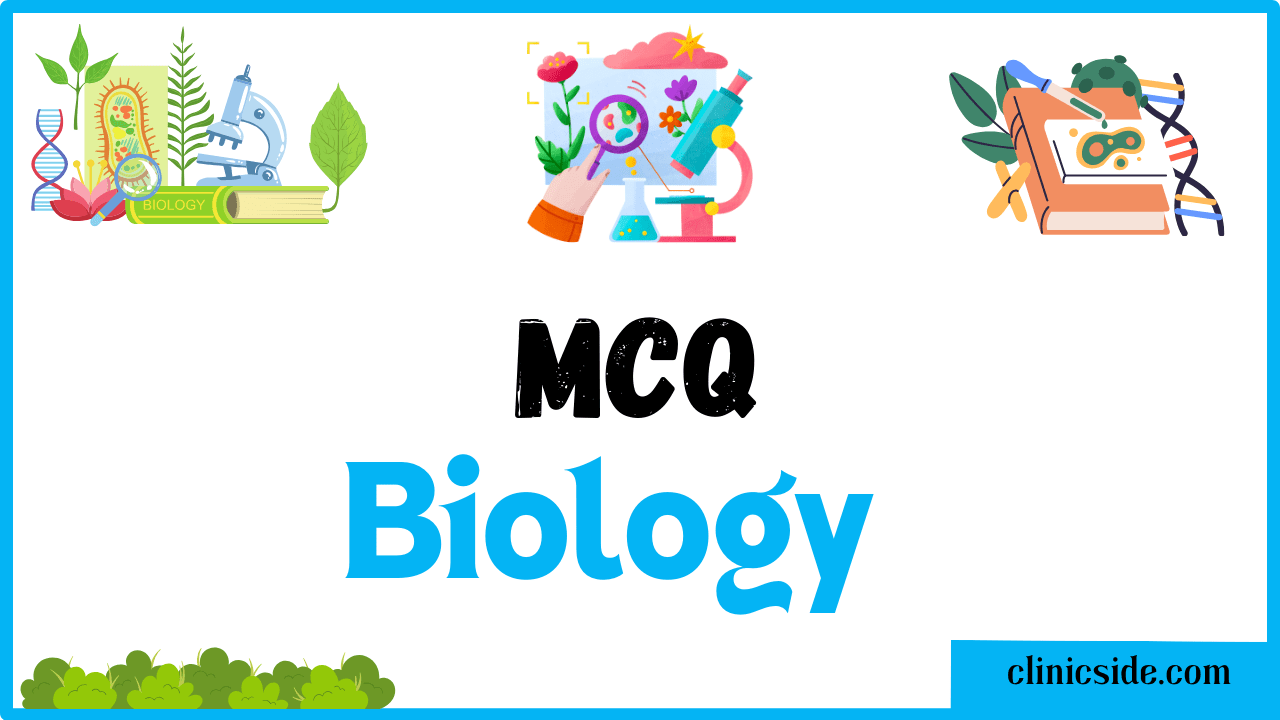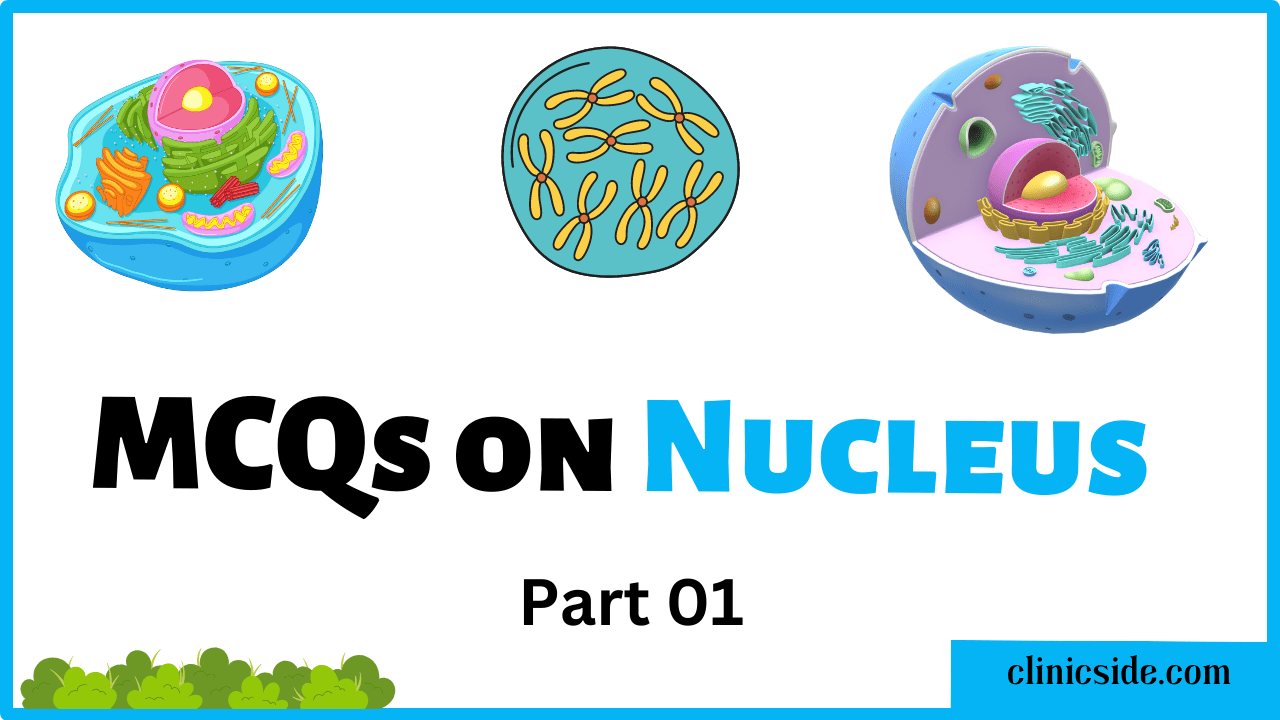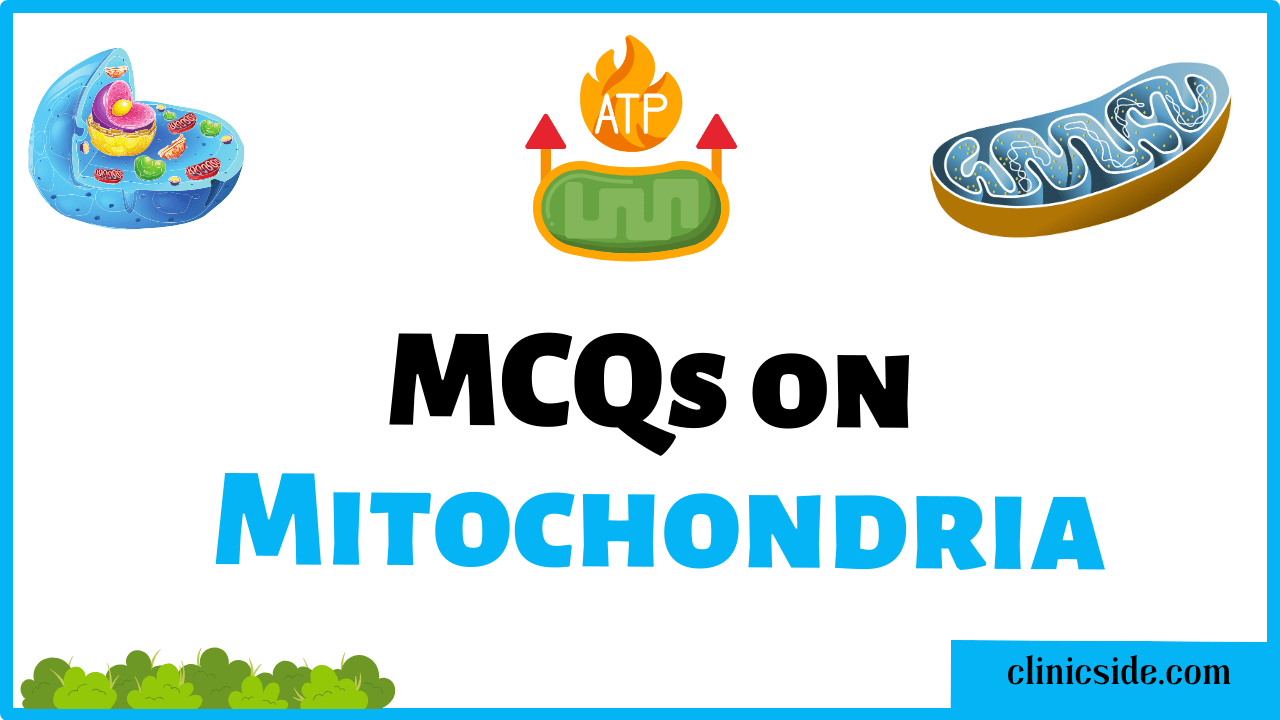Quiz
Available options: 1 to 20
Overview of the MCQs on Human Heart
Role of the Heart in Circulation
The heart is central to the circulatory system, its primary task being to pump blood throughout the body. By circulating oxygenated blood to organs and tissues, and transporting deoxygenated blood to the lungs for reoxygenation, it plays a key role in sustaining life. Blood flow facilitated by the heart also helps in removing waste products, such as carbon dioxide, ensuring the body maintains balanced functions and homeostasis.
Heart Anatomy and Its Four Chambers
The heart is composed of four main chambers: two atria (upper chambers) and two ventricles (lower chambers). The right atrium receives blood low in oxygen from the body, which is then pumped into the right ventricle. From there, blood is transported to the lungs to get oxygen. The left atrium receives oxygenated blood from the lungs and sends it into the left ventricle, which pumps it throughout the body. The division of the heart into these chambers ensures the separation of oxygen-rich and oxygen-poor blood.
The Type of Muscle in the Heart
The heart is made of cardiac muscle, a specialized tissue that can contract repeatedly without tiring. This muscle differs from other muscle types, such as skeletal muscle, in that it operates involuntarily. It is designed to maintain continuous function and rhythmic contractions throughout an individual’s life. Cardiac muscle fibers are interconnected by structures called intercalated discs, which ensure the heart’s cells work in unison for effective pumping.
Function of Heart Valves and Oxygenated Blood Flow
Blood flow through the heart is controlled by various valves that prevent backflow, ensuring that blood travels in the right direction. Oxygen-rich blood enters the left atrium from the lungs. The mitral valve controls the flow between the left atrium and left ventricle. These valves are crucial in maintaining the heart’s efficient operation by making sure blood doesn’t flow backward, which could interfere with the body’s circulation.
Circulatory Path Through the Heart
The heart’s role in blood circulation is divided into two main pathways. The right-side pumps deoxygenated blood into the lungs for oxygenation. In contrast, the left side receives oxygen-rich blood and distributes it to the body. The septum, a thick wall of muscle, separates the two sides, ensuring that oxygenated and deoxygenated blood do not mix. This separation optimizes blood flow and maintains efficient circulation in the body.
The Heart’s Natural Pacemaker
The sinoatrial (SA) node, located in the right atrium, serves as the heart’s natural pacemaker. It generates electrical impulses that trigger the heart to beat at a consistent rate. These impulses spread through the heart, coordinating the contraction of the atria and ventricles. The heart’s rhythm and speed can change in response to factors like physical activity or emotional state, with the SA node adjusting the heart rate accordingly.
Heart Rate and Its Regulation
The resting heart rate of a healthy adult typically falls between 60 to 100 beats per minute. The autonomic nervous system, which includes the sympathetic and parasympathetic systems, regulates this rate based on the body’s needs. During physical activity, the heart rate increases to supply more oxygen to the muscles, and it slows down during rest. The SA node remains responsible for controlling these changes in heart rate, ensuring the heart meets the body’s demands at any given moment.
Coronary Arteries and Their Importance
The coronary arteries are responsible for supplying the heart muscle itself with oxygenated blood. These arteries branch off the aorta and encircle the heart. Without adequate blood flow through the coronary arteries, the heart muscle becomes deprived of oxygen, which can result in chest pain or a heart attack. Conditions such as atherosclerosis, where plaque buildup narrows the arteries, can lead to reduced blood flow and increased risk of cardiovascular events.
Sounds of the Heart: Valve Actions
The distinctive “lub-dub” sound of the heart is caused by the closing of its valves. The first sound (“lub”) is created by the closure of the atrioventricular (AV) valves when the ventricles contract. The second sound (“dub”) occurs when the semilunar valves close after the ventricles have pumped blood into the pulmonary artery and aorta. The timing and efficiency of these valve closures are essential for maintaining smooth and directed blood flow through the heart.
Heart Diseases and Conditions
The heart is vulnerable to various diseases that can affect its structure and function. These include arrhythmias, where the heart beats irregularly, and heart attacks, which occur when the blood supply to part of the heart muscle is blocked. Hypertension, or high blood pressure, can lead to heart failure if left untreated. Preventing these conditions involves maintaining a healthy lifestyle through regular exercise, a balanced diet, and stress management, all of which promote overall cardiovascular health.






Simply desire to say your article is as surprising The clearness in your post is simply excellent and i could assume you are an expert on this subject Fine with your permission let me to grab your feed to keep up to date with forthcoming post Thanks a million and please carry on the gratifying work